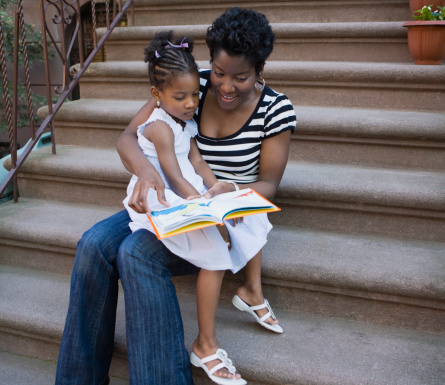With stories now becoming the center of what we do, everyone has an opinion about best ways, best techniques, best values.
 Visual storytellers insist on incorporating principles like authenticity, relevancy, sensory and archetype.
Visual storytellers insist on incorporating principles like authenticity, relevancy, sensory and archetype.
Community organizers, long-time astute power users of tales, propose three interlocking circles: the story of self, the story of now, and the story of us.
And (not to be forgotten) corporate types espouse messaging and expression as part of a strategy that considers goal and audience front and center.
To be honest, everyone’s right. And wrong.
A brain researcher (Princeton neuroscientist Uri Hasson, to be precise) is showing us new ways to think about creating compelling narratives.
Which is: It’s all about how our brains react and respond to stories.
In a series of incredibly complicated analyses and tests, he and his team reveal that different people respond in remarkably similar ways to great stories, no matter what the media. Using MRIs and other medical technologies, the scientists prove that the best of storytellers have gotten into our minds and altered them in some predictable ways. Even better: That the storyteller somehow makes the listener’s/viewer’s brain match his/her own.
You heard it here first: We predict soon we’ll be taking our ads, messaging, and digital promos to the docs for brain imagery … not just copy-testing.
